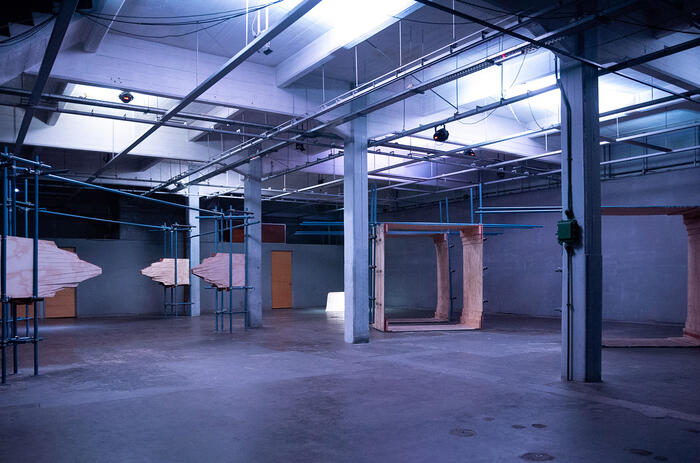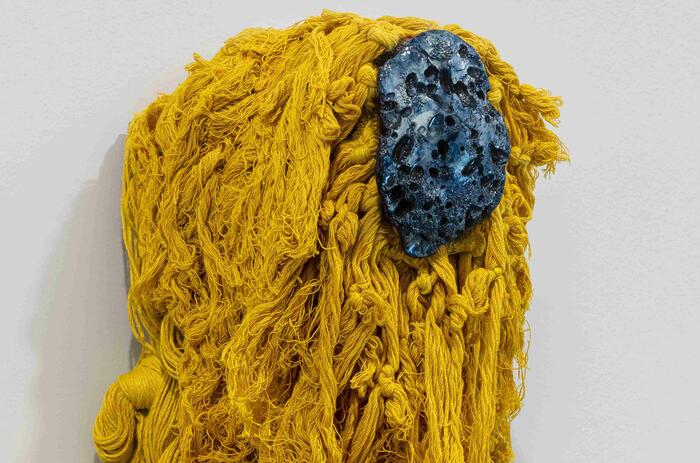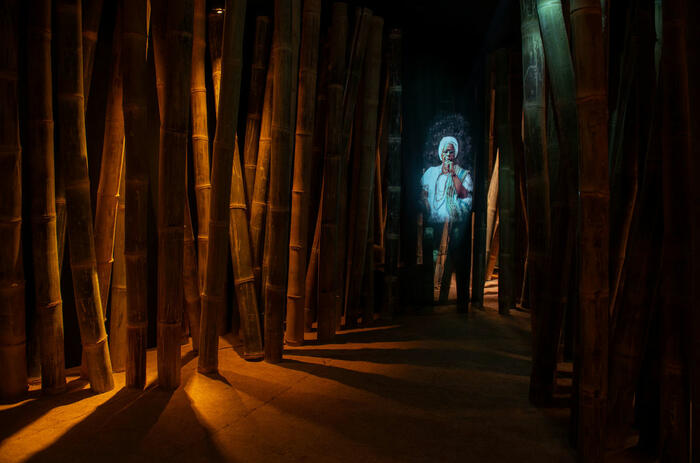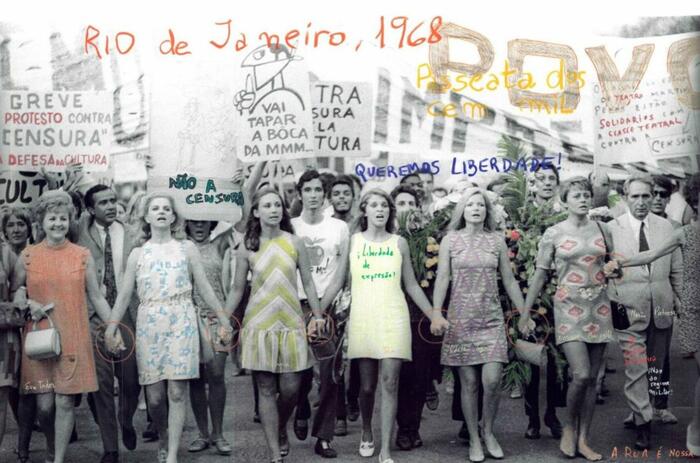SEOUL BIENNALE OF ARCHITECTURE AND URBANISM: LAND ARCHITECTURE, LAND URBANISM
From September 1 to October 29, the city of Seoul is holding the 4th Seoul Biennale of Architecture and Urbanism, a globally recognized event organized by Seoul Metropolitan Government. The fair serves as an international network platform for exchanging ideas with cities worldwide and has already attracted accumulated 1.83 million visitors since its inception in 2017.
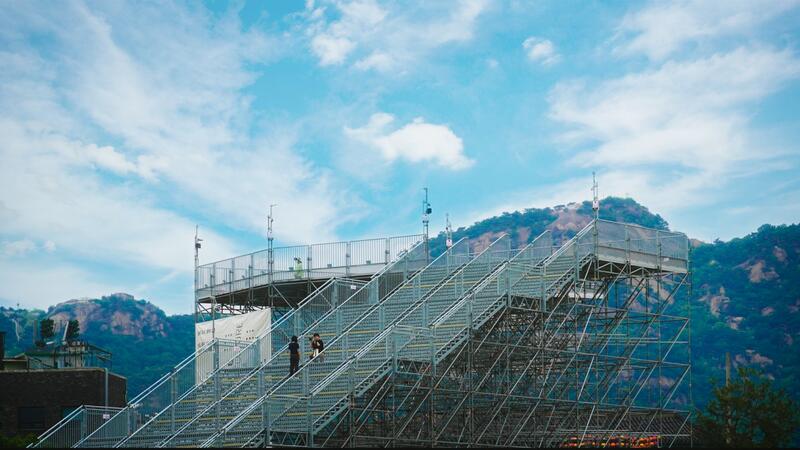
Under the overarching theme of Land Architecture, Land Urbanism: City of Mountain Ranges, Waterways, and Wind Breezes—Drawing of the Seoul’s Next 100 years, this year’s Seoul Biennale promises to be a thought-provoking event. It focuses on sustainable masterplan ideas for the future of Seoul, leveraging its unique natural topographic characteristics. Spearheaded by the esteemed General Director Byoung Soo Cho, an internationally acclaimed Korean architect known for harmonizing architecture with nature through simplicity, the 4th Seoul Biennale envisions the collective future image of Seoul in a century’s time, aiming at restoring the city’s traditional geography, including mountain trails, waterways, and wind paths. With participation from 65 cities, 132 teams, 31 universities, and 29 overseas governments and public institutions, the General Director’s grand vision is brought to life, with each entity sharing their ideas and designs for green sustainability of Seoul.
-
Courtesy of the Seoul Biennale of Architecture and Urbanism.
The 4th Seoul Biennale comprises five exhibitions: Thematic Exhibition, showcasing international concepts and discourses related to the main theme; Seoul 100-year Masterplan Exhibition, featuring visual ideas and designs that materialize the future masterplan of Seoul; Guest Cities Exhibition, introducing realized or ongoing projects and masterplans from cities worldwide at the urban and city scale; Global Studios, displaying various proposals for green sustainable bridges crossing the Hangang River, presented by university students from around the world; and On-site Project, where six pavilions in the Songhyeon Green Plaza promote public engagement with architecture, nature, and site specificity.
Beyond the exhibitions, the 4th Seoul Biennale offers a diverse array of academic events and public cultural programs. From international forums, lectures, and curator talks, to architecture tour programs, architectural film screenings, and performances, there will be something for everyone to engage in and learn from.
-
Courtesy of the Seoul Biennale of Architecture and Urbanism.
These exhibitions will take place at the venues of Songhyeon Green Plaza, Seoul Hall of Urbanism & Architecture, and Seoul Citizens Hall (Seoul City Hall). The heart of the Biennale will be located at the Songhyeon Green Plaza, positioned along the natural axis leading to Bukhansan, Inwangsan, and Namsan Mountains. This picturesque location had been enclosed by a 4-meter-high wall for 110 years. Historically, during the early period of the 15th century Joseon Dynasty, the Songheyon Green Plaza was recognized as a place situated east of Gyeongbokgung Palac, where a small settlement formed by villagers. After liberation, the plaza became the site of the U.S. Embassy residence, passing through the hands of multiple owners while remaining unused and neglected. Finally, in October 2022, it was officially opened to the public, transforming into a beautiful park for citizens to enjoy.


